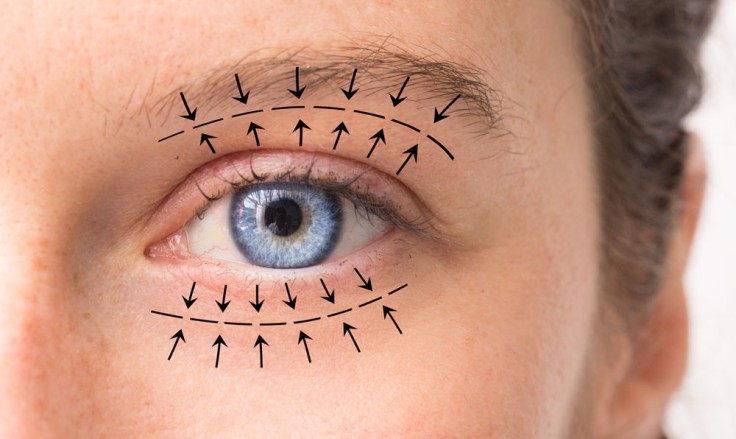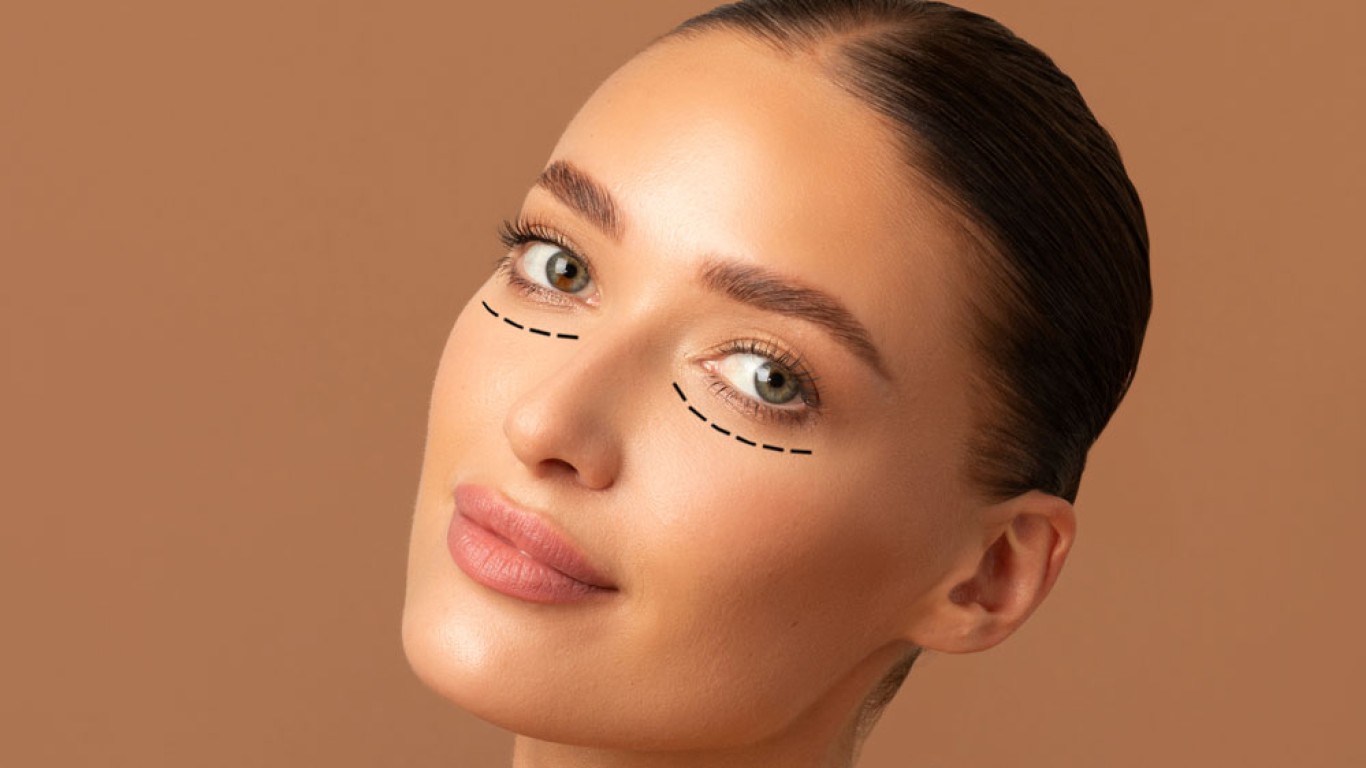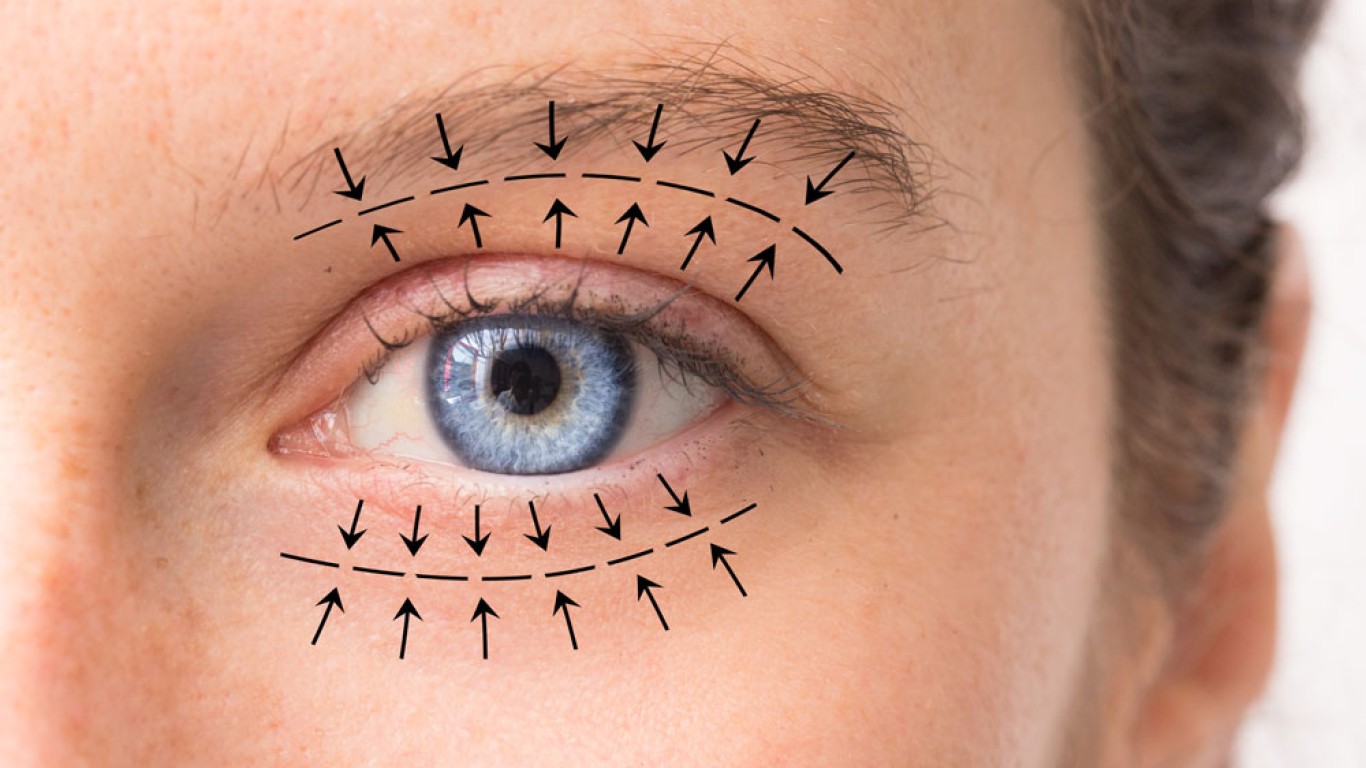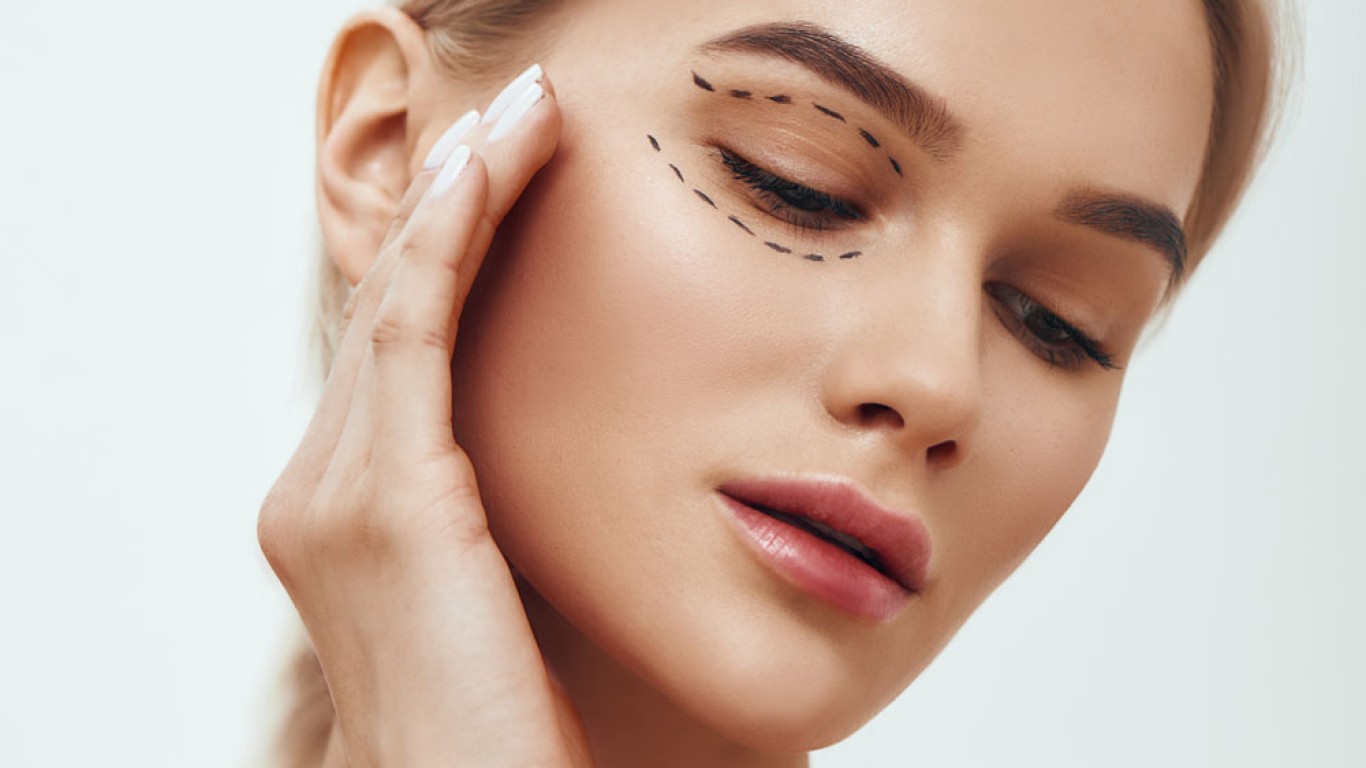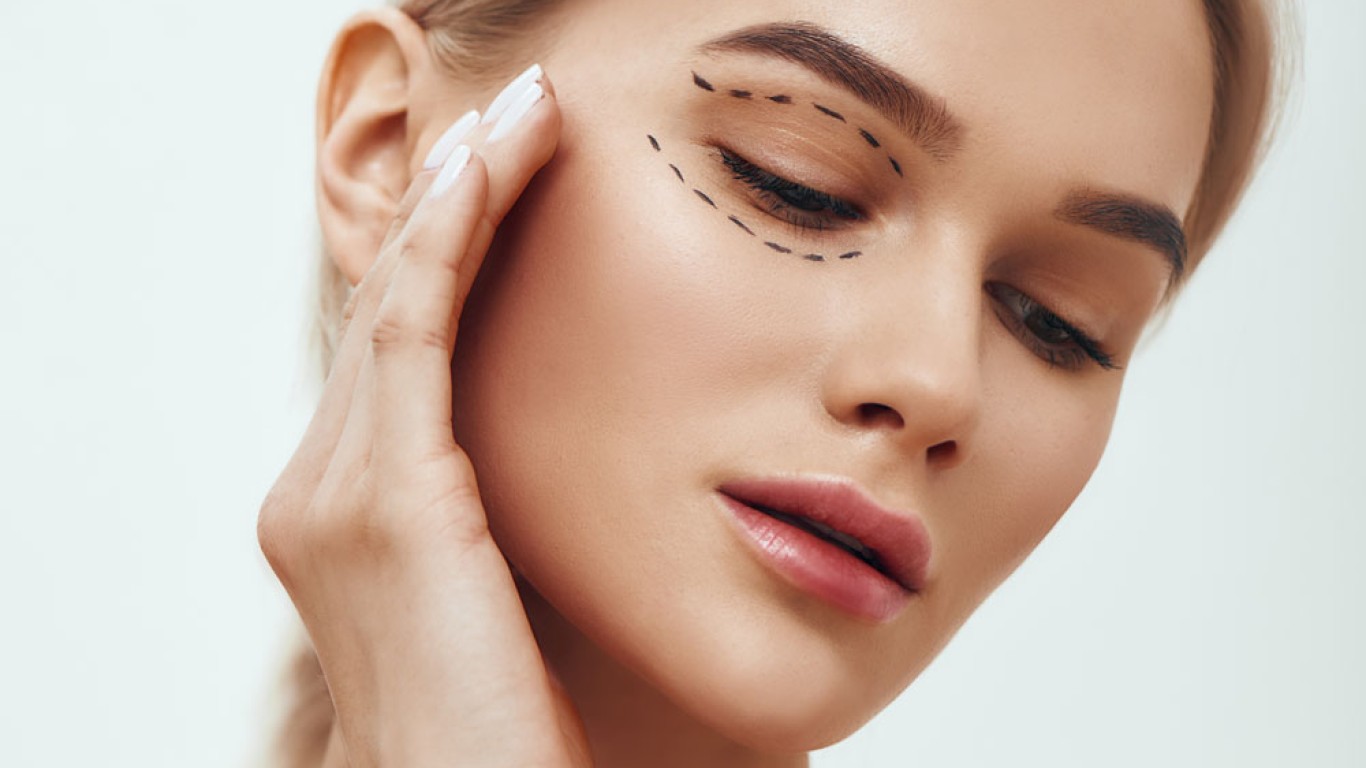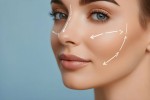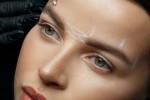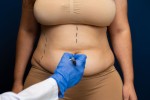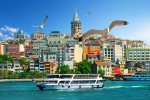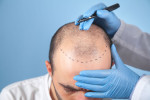Introduction
Blepharoplasty is a popular procedure for rejuvenating the eyes and reducing signs of ageing. Whether it’s for the upper lids, lower lids, or both, the recovery period plays a vital role in achieving smooth, long-lasting results. Healing times vary, but with the right approach, you can speed up your recovery and return to your routine sooner. This article outlines five expert-backed tips to help you manage your blepharoplasty recovery with confidence.
Tips for Blepharoplasty Recovery:
1. Follow Post-Operative Instructions Carefully
Your surgeon will provide specific aftercare guidelines tailored to your case. Follow them closely from day one. These may include how to clean your incisions, apply ointment, and manage dressings. Ignoring these instructions can delay healing or lead to visible scarring. If you have questions, always check with your clinic.Also, avoid rubbing your eyes. Even gentle pressure can interfere with the stitches or slow down the repair process. Proper care during this early stage can significantly improve your blepharoplasty recovery outcome.
2. Keep Your Head Elevated
After surgery, swelling and bruising are completely normal. One of the best ways to reduce these symptoms is by keeping your head elevated. Sleep on your back with two or three pillows under your head. Do this for at least the first week post-surgery. Avoid lying flat, as this can increase pressure and prolong swelling. Additionally, consider using a wedge pillow for consistent elevation. It supports your head, neck, and back, making rest more comfortable during your blepharoplasty recovery.
3. Use Cold Compresses Appropriately
Cold compresses can be highly effective in reducing swelling and soothing discomfort. Apply them gently for 10–15 minutes at a time, especially in the first 48 hours. Ensure the compress is not too cold and never apply it directly on your skin. Wrap it in a clean cloth or towel to avoid frostbite or irritation. Repeat this process several times daily, particularly in the early stages. Cold therapy is one of the most effective ways to manage the visible effects of blepharoplasty recovery.
4. Avoid Strenuous Activities
While light walking is encouraged, you should avoid intense exercise for at least two weeks. Strenuous activities can increase blood pressure and risk swelling or bleeding. Avoid bending, lifting heavy items, or engaging in sports. These movements strain the facial area and may prolong recovery. Instead, focus on light stretching, gentle movements, and relaxation. Your body needs time to heal fully, and overexertion may lead to setbacks.
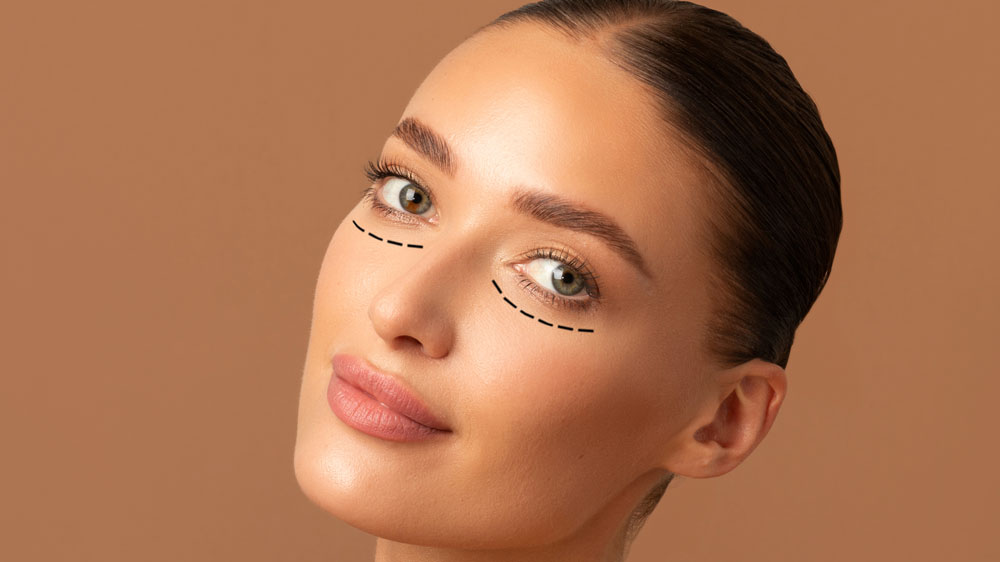
5. Maintain a Healthy Lifestyle and Diet
Eating nutritious foods and staying hydrated plays a key role in wound healing. Incorporate plenty of leafy greens, lean proteins, fruits, and whole grains into your meals. Stay away from processed foods, sugar, and excess salt. These can cause inflammation or water retention, which can affect your blepharoplasty recovery. Also, avoid smoking and alcohol. Both substances slow the healing process and can interfere with medication or increase bruising.
Extra Blepharoplasty Recovery Tip: Be Patient with the Healing Timeline
Your eyes may not look perfect immediately, and that’s okay. Swelling, bruising, and tightness are common and usually temporary. Most people return to normal life within 10–14 days, but full results can take several weeks. The eyelid skin is delicate and needs time to settle into its new shape. Take regular progress photos and track your healing. They can be encouraging and remind you that improvement is happening steadily.
When to Contact Your Clinic
During blepharoplasty recovery, it's normal to experience minor discomfort. However, you should contact your clinic if you notice:
- Excessive redness or discharge
- Fever
- Increased swelling after several days
- Severe pain unrelieved by medication
Early communication ensures any concerns are addressed quickly. Your clinic is your partner during recovery, so don’t hesitate to reach out.
The Role of Hydration and Nutrition in Healing in Blepharoplasty Recovery
Maintaining good hydration supports faster healing after eyelid surgery. Water helps flush out toxins, reduces inflammation, and keeps tissues supple. Aim to drink at least eight glasses daily unless advised otherwise. Additionally, consuming nutrient-rich foods can speed up your blepharoplasty recovery. Focus on lean proteins, leafy greens, and vitamin-rich fruits. Foods high in vitamin C, zinc, and antioxidants are especially beneficial. These nutrients support collagen production and help the skin regenerate. Avoid processed foods and excess salt, as these can increase swelling. Proper nutrition and hydration will help you feel better and enhance visible healing.
Protecting Your Eyes from Sun Exposure
After blepharoplasty, your eyes and surrounding skin are more sensitive to sunlight. Direct UV exposure can darken scars and slow down healing. Therefore, it’s essential to wear high-quality sunglasses when going outdoors. Choose sunglasses that offer full UVA and UVB protection. Additionally, wearing a wide-brimmed hat can provide extra shade for your eyes. Even on cloudy days, UV rays can reach the skin. You should also avoid tanning beds completely during the recovery period. By shielding your eyes properly, you help prevent irritation and support a more even recovery.
Conclusion
Blepharoplasty recovery doesn’t have to be stressful. With the right approach and consistent care, your healing journey can be smoother and quicker. Remember to follow your surgeon’s advice, rest with elevation, apply cold compresses, avoid strenuous activity, and maintain healthy habits. These five tips will help you manage swelling, support healing, and get you closer to your refreshed, youthful appearance.
For more information on blepharoplasty and to book a consultation visit the ACIBADEM Beauty Center Eyelid surgery webpage.
Frequently Asked Questions
Most people return to light activities after 10 days. Full recovery can take several weeks.
You should wait at least two weeks. Check with your clinic before applying any products near the eyes.
Scars are usually minimal and fade with time. Following post-op care helps reduce their appearance.
Many people return to desk work after 7–10 days. It depends on your individual healing speed.
Yes. Follow-ups help your surgeon check your progress and ensure proper recovery after surgery.
